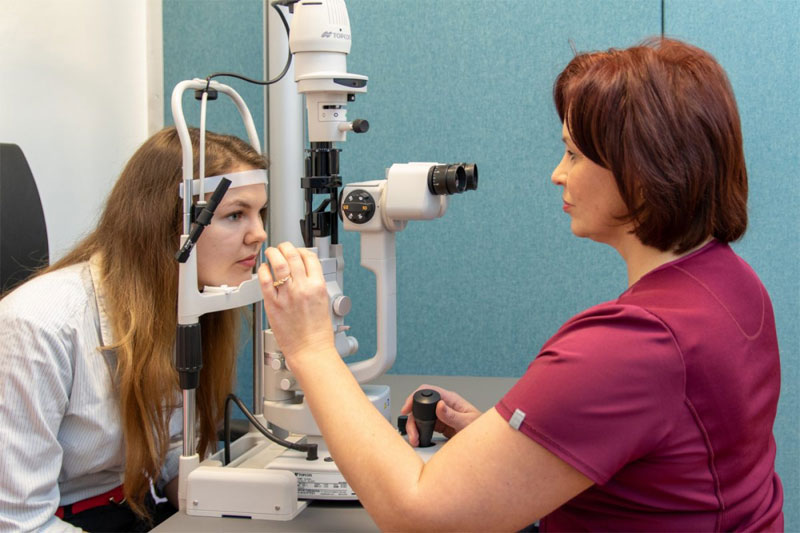Mindblown: a blog about philosophy.
-
Compumatic computer
An instrument designed to select contact lens base curves on the basis of central and peripheral keratometer findings.
-
Chlorobutanol
A preservative used in contact lens solutions.
-
Central pooling
A condition observed when viewing the fluorescein pattern of a contact lens, in which there is a central area of fluorescein pooling surrounded by a more peripheral area of touch.
-
Bubble test
A test used in evaluating the fit of a scleral contact lens, in which the lens is inserted dry so that an air bubble will appear underneath the lens; interpretation of the bubble test is based on the time taken for the lens to fill with tear fluid.
-
Bi-vision bifocal
A bifocal contact lens designed so that the wearer sees through both the distance and the near portions of the lens simultaneously.
-
Bi-toric lens
A contact lens having toroidal curves on both the front and the back surfaces.
-

Biomicroscope (slit lamp)
An instrument used for observing die tissues of the eye, consisting of a bright slit source and a binocular microscope. A microscope used with a slit lamp for viewing segments of the eye.
-
Bi-curve lens
A corneal contact lens having a base curve which comprises most of the back surface of the lens, and a relatively narrow, flat bevel or peripheral curve.
-
Benzalkonium chloride
A preservative used in contact lens solutions. Discover a commonly employed preservative extensively utilized in eye drops, as well as various cosmetic and mouthwash products. This preservative serves a vital role in maintaining the integrity and stability of these formulations, ensuring their longevity and effectiveness. With its widespread use across different consumer goods, including products…
-
Bearing surface
The surface of the cornea (or the sclera) upon which the lens rests, for example, central bearing or peripheral bearing.
Got any book recommendations?